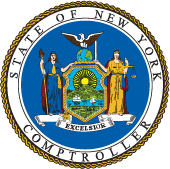Education in New York Nine Regional Snapshots Outside New York City
New York State requires school districts to report extensive data on their finances, student demographics and outcomes, teachers, school facilities, school climate and other factors. This report offers a regional perspective on some of this data. Looking at the results this way highlights geographic variation in these indicators. Interactive Map | Technical Appendix [pdf]
